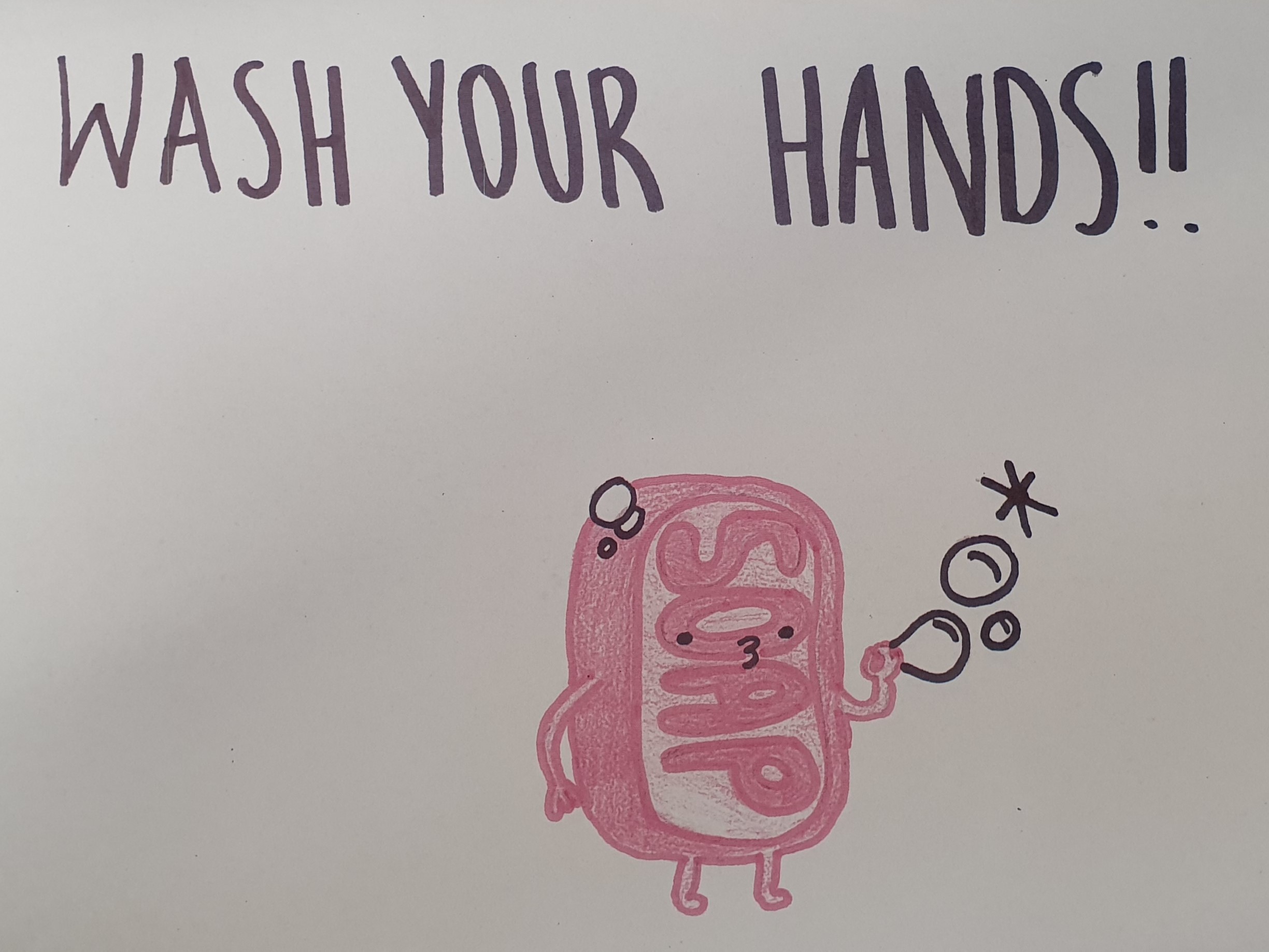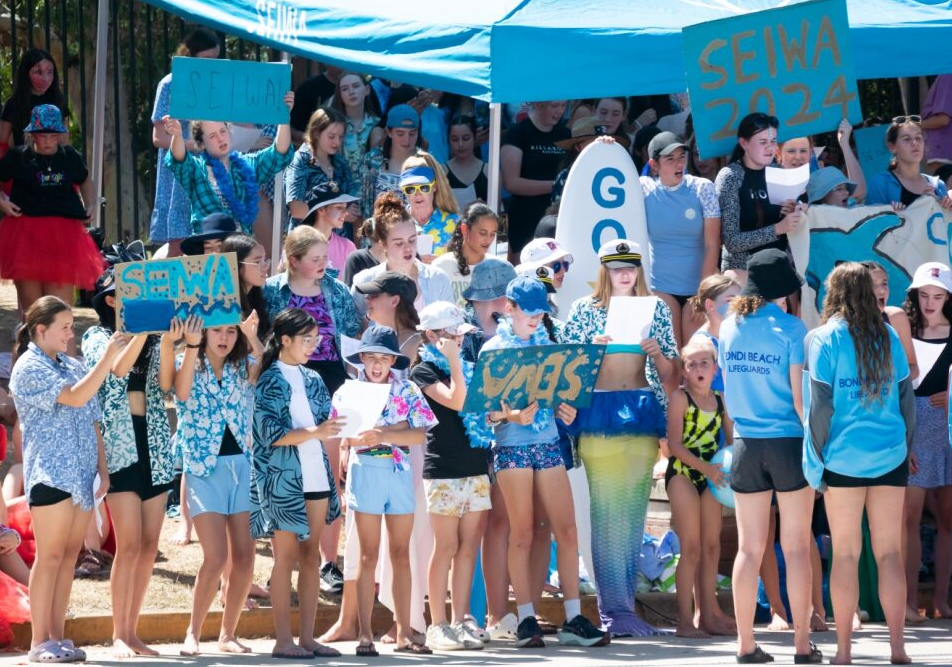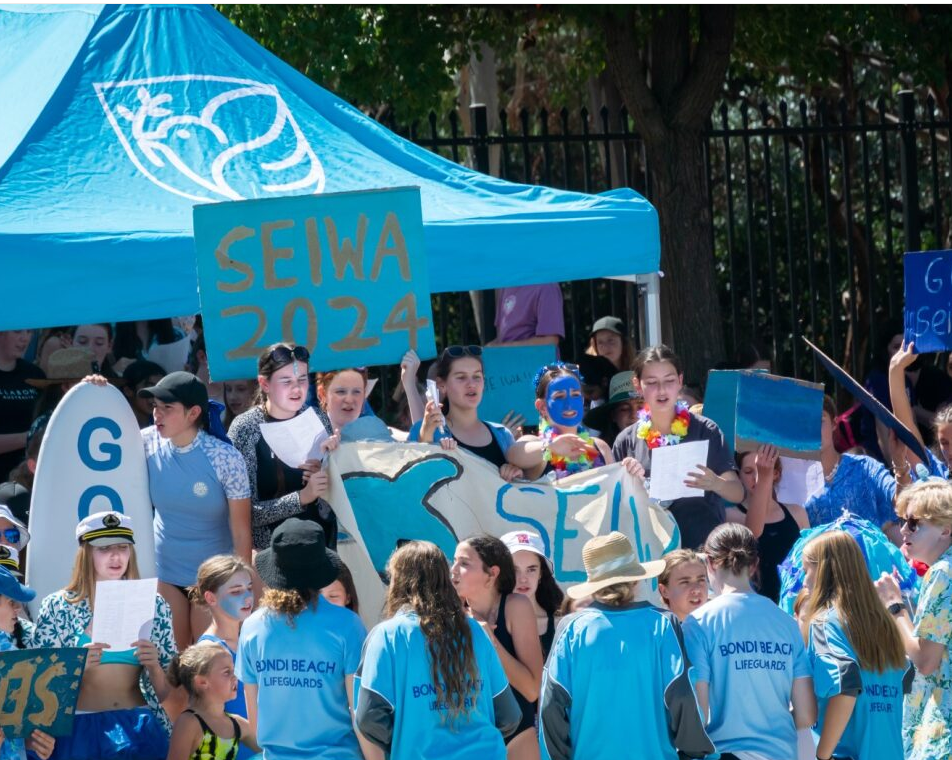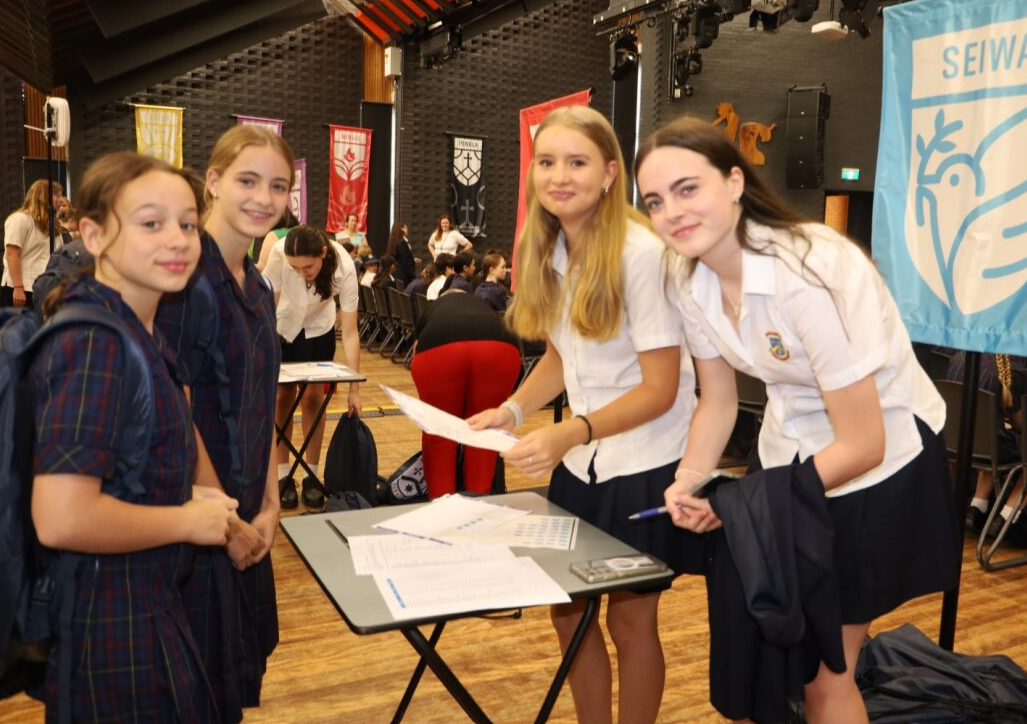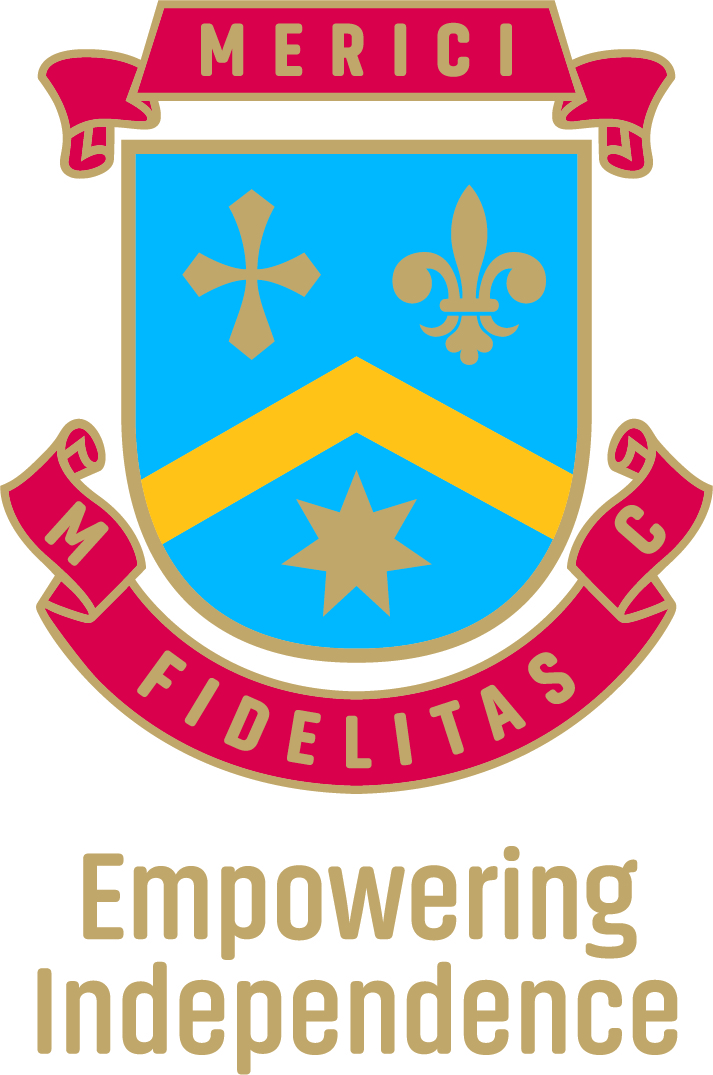
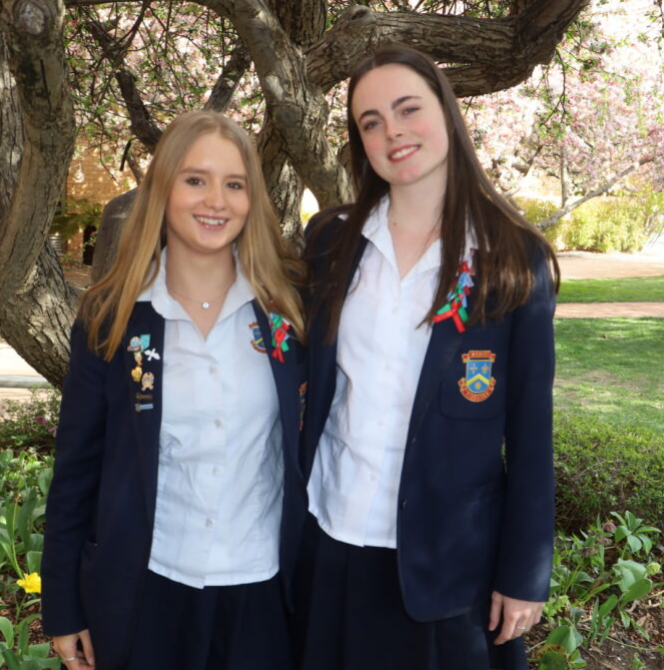
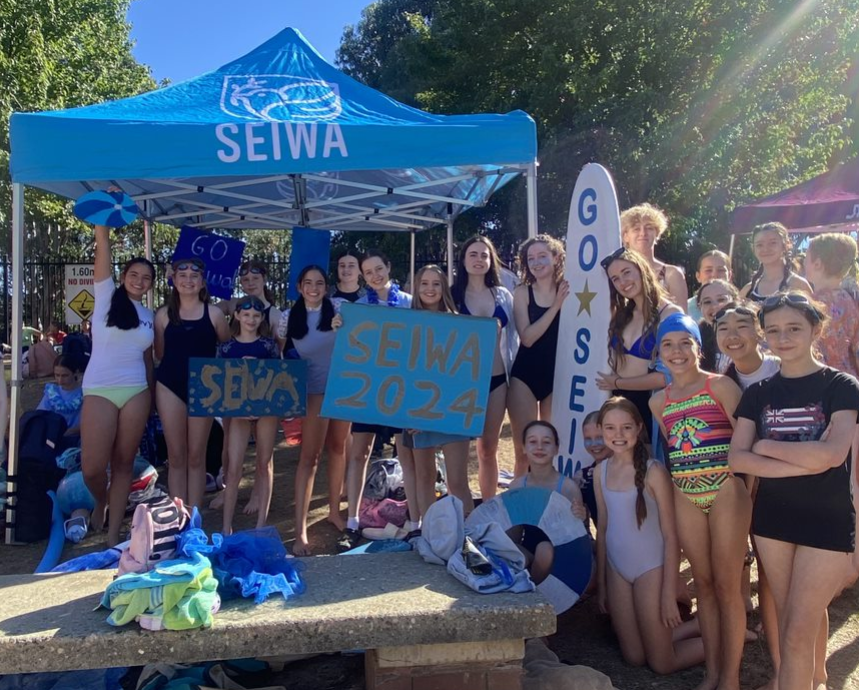
Seiwa History
In 1857, the Sisters of the Good Samaritan of the Order of St Benedict were founded by Archbishop John Bede Polding, a Benedictine monk and the first bishop to Australia. The sisters are called to bring love and compassion to their neighbour wherever they live and minister. For over 164 years, they have served in many parts of Australia.
Towards the end of World War 11, on 9th of August 1945, an atomic bomb devastated the city of Nagasaki, Japan. The city had a high catholic population and the tragedy killed 140,000 people.
In 1948 at the request of the bishop of Nagasaki, six sisters of the Good Samaritan responded to his call for help and set sail by ship from Australia to provide relief and support to those struggling from the lasting effects of the devastation.
The sisters, aware of the needs to educate the young, established Seiwa College for young women at Sasebo, North of Nagasaki in 1953. In 2021, Seiwa College continues as a diocesan school. However Japanese Good Samaritan sisters continue to share peace and compassion in their country.
Canberra Catholic Girls High was opened just six years after the establishment of Seiwa College, with Sister Clare Slattery, a sister of the Good Samaritan, as its first Principal. Therefore, it was fitting to name a house within Merici after Seiwa College to acknowledge the educational ministry of the Good Samaritan sisters in Japan.
One of the powerful stories of seeking peace following the bombing of Japan is told of Sadako Sasaki, a young sufferer from Hiroshima, which was also bombed at the same time as Nagasaki.
She is remembered for her remarkable courage after exposure to the atomic bomb left her with Leukaemia. To pass the time in the nursing home where she was being treated, she made it her goal to fold 1000 origami cranes, a Japanese symbol of peace, before she died. She only made it to 644 before she became too weak to continue, so her classmate agreed to finish them for her to complete her wish. There is a statue of Sadako holding a crane in Hiroshima Peace Park to remember her, and every year on Obon day, people leave cranes at the statue in memory of the peace and compassion she displayed throughout the devastating time.
SEIWA CURRENT NEWS
The following is script for the current Seiwa House news:
[In Seiwa House we like to celebrate our links to Japan. During 2020, the Year 11’s have made kokodama balls (indoor plant balls) to use as a fun and meditative activity to create their own study buddies. We celebrate Seiwa House Day in Term 3 when all the cherry blossoms are out. We have had a Japanese Game Show activity where students were challenged in eating smarties with chopsticks, making paper cranes, sudoku puzzles and music trivia. The winning PC class won a yummy hamper of exotic Japanese treats and drinks.
Recently we had a go at Kawaii drawing to create cute and helpful messages as we might gain in Japan who like a cute and polite aesthetic. A message for our times was ‘Wash Your Hands’.
We have focussed on the Japanese art of Kinstsugi; the unique and ancient Japanese art of repairing broken, chipped and cracked pottery using lacquer mixed with gold. It is part of Japanese philosophy of the tea ceremony which comes from a belief in the beauty of imperfections. Pottery repaired using Kintsugi techniques are seen at museums and many of these pieces are recognised as highly treasured antiques and cultural assets. Students reflected on the related concept of Wabi Sabi – that there is beauty in imperfections. We reflected on how human beings are not perfect and perfectionism can be a burden that will stop us from trying new things and being confident in ourselves. We tried to acknowledge that we have all been shaped by our own unique journeys, that we can try to work on our imperfections to turn them into a point of difference and cultivate them into an asset. The students and staff made our own versions of Kintsugi plates to remind us of the wisdom in these Japanese concepts. We continue to look to Japanese culture, art and language for inspiration and to enjoy our time in Seiwa House.]

Seiwa House Crest
The crest captures the symbol of the olive branch as a connection to the sisters of the Good Samaritan of the order of st benedict, who founded seiwa College at sasebo, japan in 1953.
Seiwa means ‘holy peace’ And the dove symbolises the Benedictine motto To seek peace.


